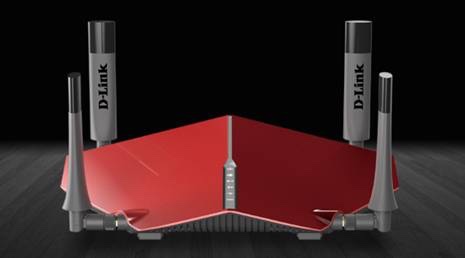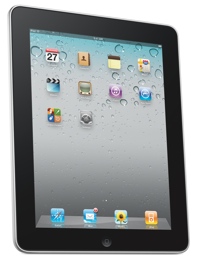Worldwide shipments of 3D printers (3DPs) priced less than US$100,000 will grow 49% in 2013 to reach a total of 56,507 units, according to Gartner, Inc.’s first forecast of the less than $100,000 consumer and enterprise 3D printer market.
Rapid quality and performance innovations across all 3DP technologies will drive enterprise and consumer demand. Gartner said that shipments will increase further in 2014, growing 75% to 98,065 units, followed by a near doubling of unit shipments in 2015.
“The 3D printer market has reached its inflection point,” says Pete Basiliere, research director at Gartner. “While still a nascent market, with hype outpacing the technical realities, the speed of development and rise in buyer interest are pressing hardware, software and service providers to offer easier-to-use tools and materials that produce consistently high-quality results.”
In 2013, combined end-user spending on 3DPs will reach $412 million, up 43% from spending of $288 million in 2012. Enterprise spending will total more than $325 million in 2013, while the consumer segment will reach nearly $87 million. In 2014, spending will increase 62%, reaching $669 million, with enterprise spending of $536 million and consumer spending of $133 million.
“As the products rapidly mature, organizations will increasingly exploit 3D printing’s potential in their laboratory, product development and manufacturing operations,” says Basiliere. “In the next 18 months, we foresee consumers moving from being curious about the technology to finding reasons to justify purchases as price points, applications and functionality become more attractive.”
From an enterprise point of view, current uses of 3D technology focus on one-off or small-run models for product design and industrial prototyping, jigs and fixtures used in manufacturing processes and mass customization of finished goods. As advances in 3D printers, scanners, design tools and materials reduce the cost and complexity of creating 3D printed items, the applications of 3D print technology will continue to expand to include areas such as architecture, defense, medical products and jewelry design.
Gartner (www.gartner.com) predicts that 3D printing will have a high impact on industries, including consumer products, industrial and manufacturing; a medium impact on construction, education, energy, government, medical products, military, retail, telecommunications, transportation and utilities; and a low impact on banking and financial services and insurance.
“The hype around consumer 3D printing has made enterprises aware that the price point and functionality of 3DP has changed significantly over the last five years, driving increased shipments beginning in 2014,” says Basiliere. “Most businesses are only now beginning to fully comprehend all of the ways in which a 3DP can be cost-effectively used in their organizations, from prototyping and product development to fixtures and molds that are used to manufacture or assemble an item to drive finished goods. Now that many people in the organization, not only the engineering and manufacturing department managers but also senior corporate management, marketing management and others, have heard the hype, they want to know when the business will have a 3D printer.”
3D printer prices will decrease during the next several years due to competitive pressures and higher shipment volumes, even after allowing for providers who will be offering devices with higher performance, functionality and quality that enable them to hold the line on pricing.
Gartner expects that by 2015, seven of the 50 largest multinational retailers will sell 3D printers through their physical and online stores.
“Major multinational physical and online retailers have the means to market the technology to consumers and enterprise buyers, generating demand for the devices and revenue by selling printers and supplies, as well as from sales of individual 3D-printed pieces,” says Basiliere. “Office superstore Staples is already in the market, and other superstores and consumer goods retailers, such as Yamada Denki, are prime candidates to sell printers and finished 3D printed items. Their presence in the market will have an impact on average selling prices, forcing providers into low-margin sales of consumer 3DP by 2017.”
Simply experiencing the technology and conceiving ways to use it will mainly drive makers and hobbyists, not the average consumer, to purchase a 3D printer to begin with, he adds. However, Gartner expects that a compelling consumer application — something that can only be created at home on a 3D printer — will hit the scene by 2016.
“This application, which will be the most compelling use case yet for consumer 3D printing, will arise from work done by makers and other enthusiasts who push the envelope of consumer 3D printing uses and enabled by manufacturers who develop ‘plug-and-play’ tools,” says Basiliere.




